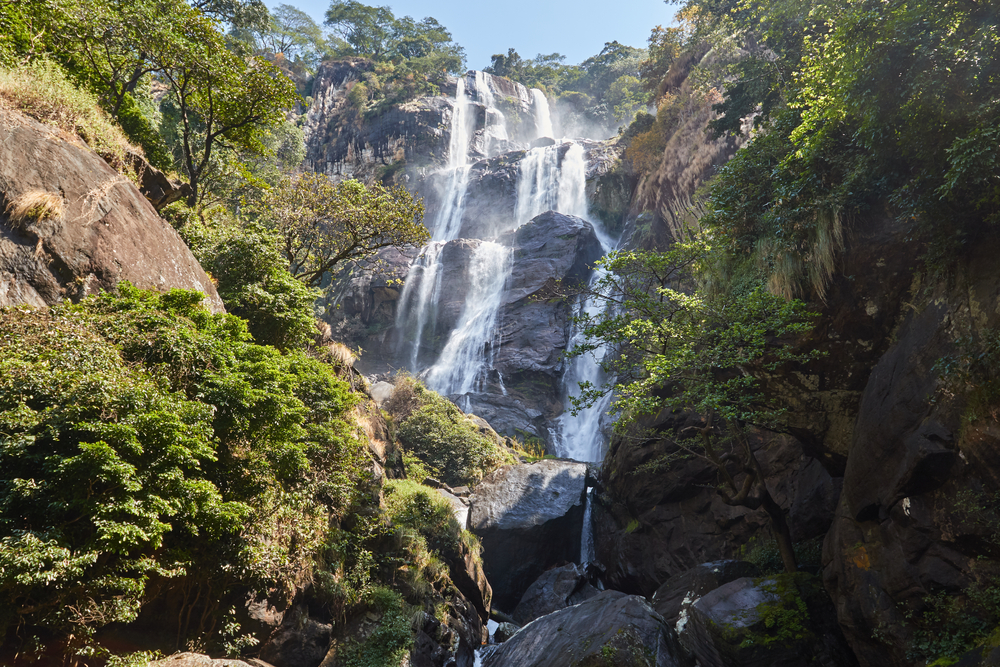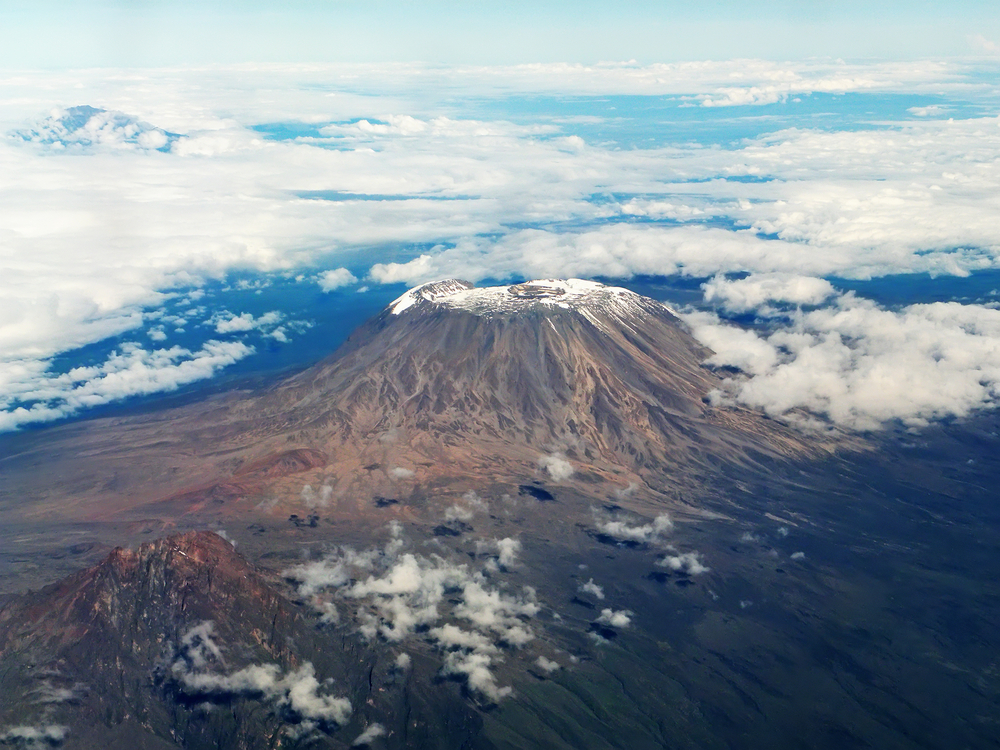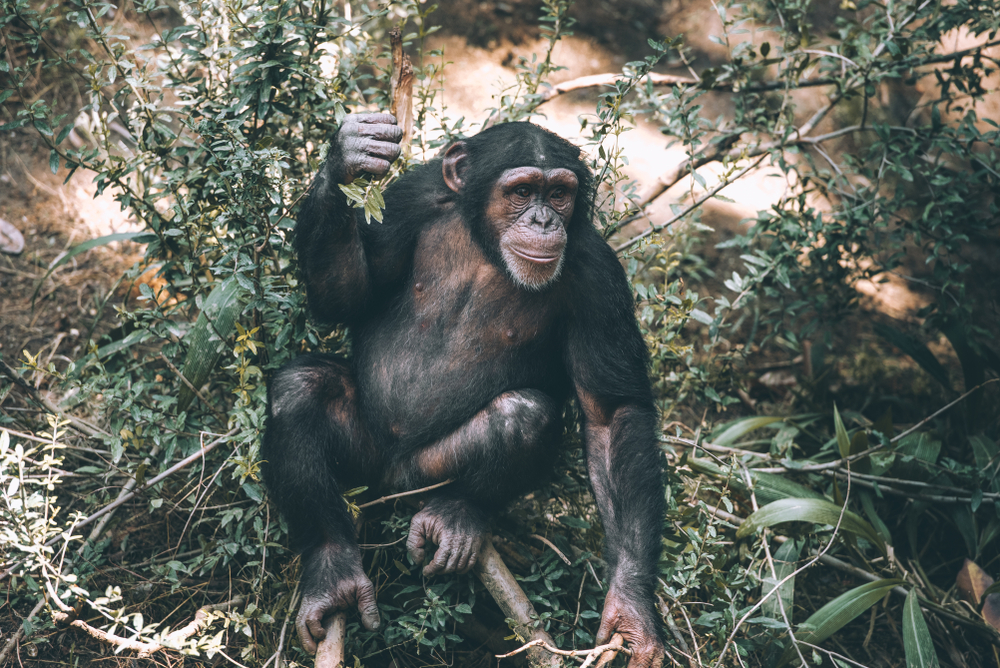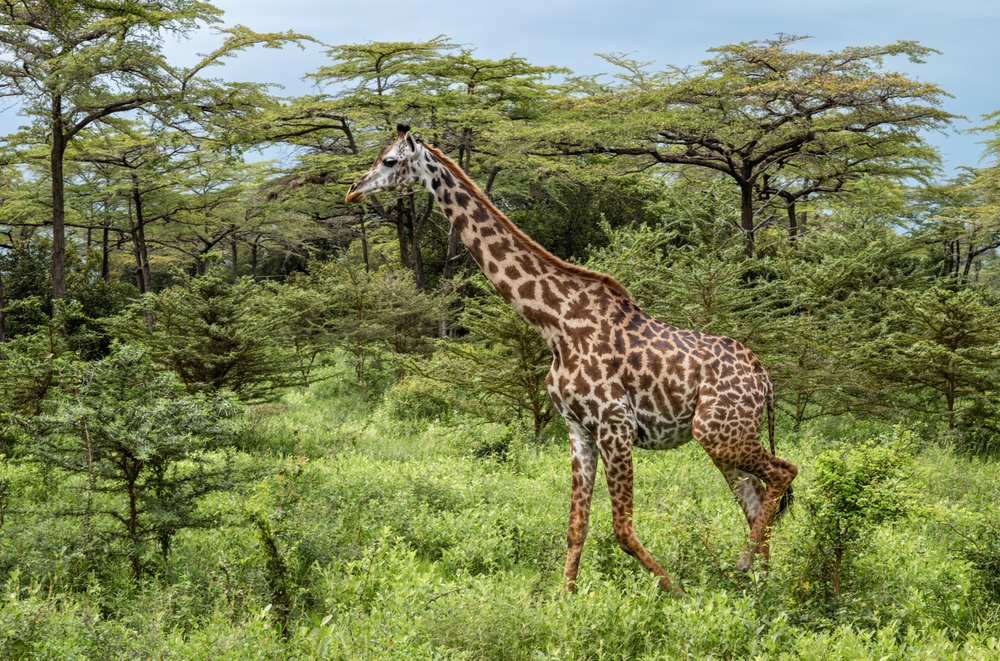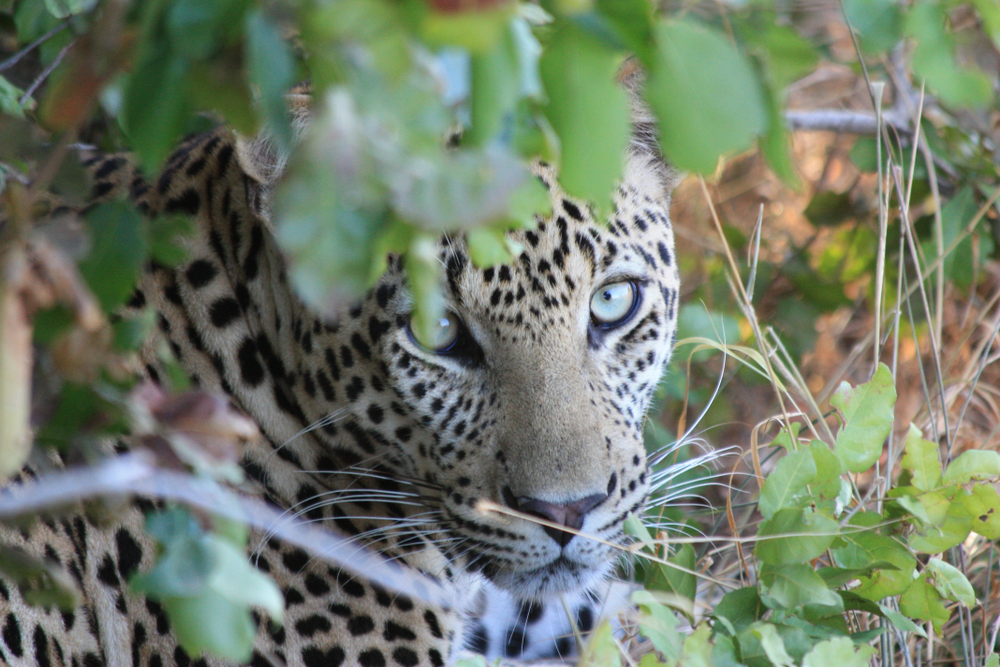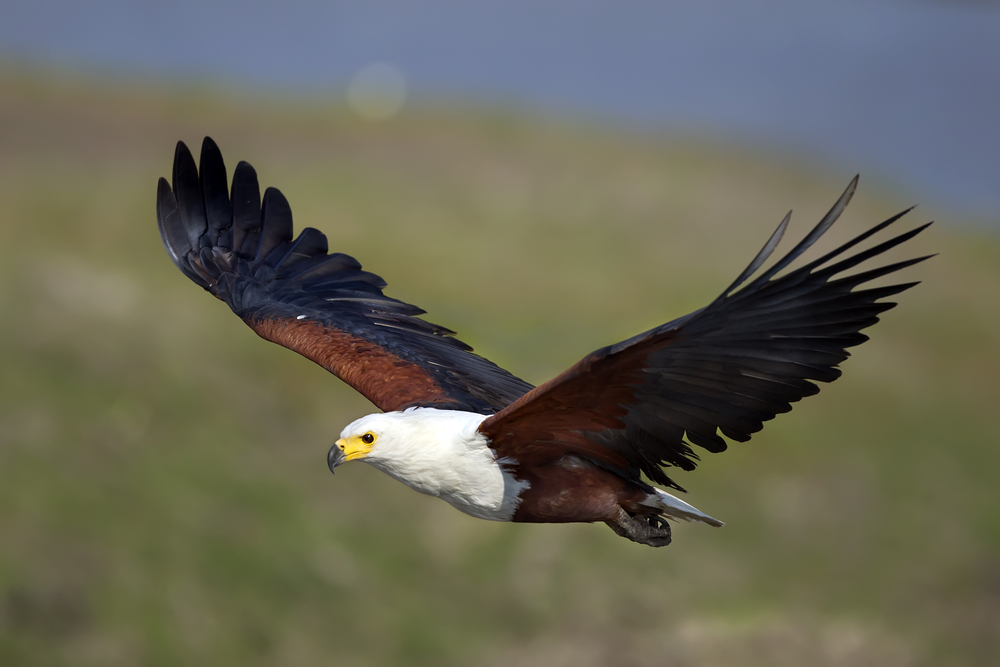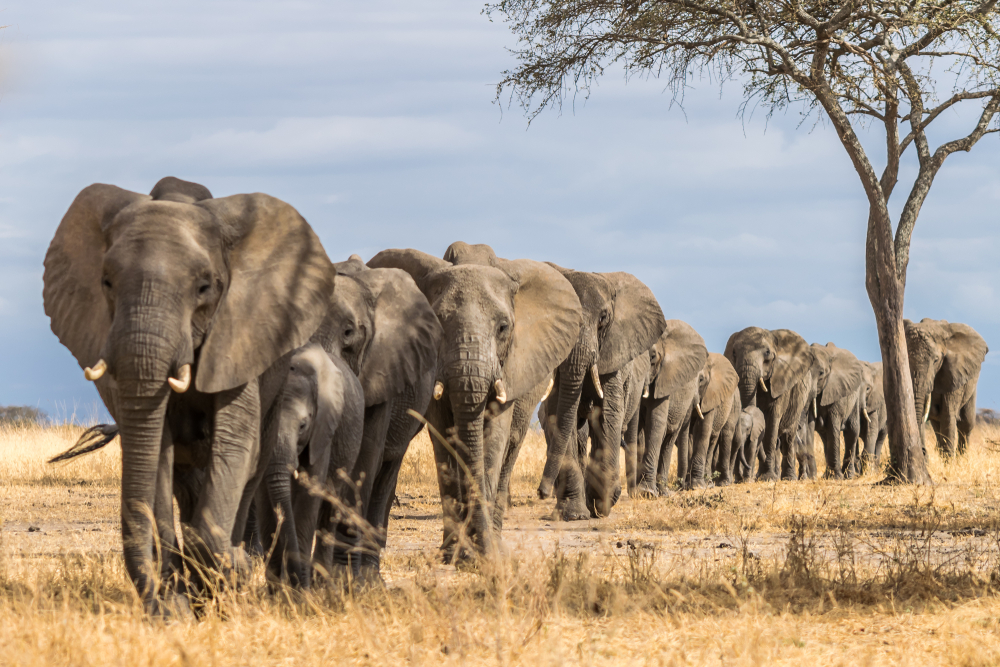Udzungwa Mountains Overview
Udzungwa Mountains National Park, locally known as Hifadhi ya Taifa ya Milima ya Udzungwa, is a lush haven of biodiversity and natural beauty located in southern Tanzania. Covering approximately 1,990 square kilometers (768 square miles), the park is part of the Eastern Arc Mountains, often referred to as the “Galápagos of Africa” due to their exceptional levels of endemism. With its dramatic peaks, cascading waterfalls, and dense tropical forests, Udzungwa is a paradise for hikers, nature lovers, and wildlife enthusiasts.
The park’s terrain is diverse, ranging from lowland forests to high-altitude plateaus and rugged mountain peaks. Luhombero Peak, standing at 2,576 meters (8,451 feet), is the highest point in the park and offers stunning panoramic views for those adventurous enough to make the climb. One of Udzungwa’s most famous features is the Sanje Waterfall, a spectacular cascade that plunges 170 meters (558 feet) in three stages through the forest, providing breathtaking views and refreshing swimming opportunities at its base.
Udzungwa Mountains National Park is a biodiversity hotspot, home to a wealth of endemic and rare species. Its dense forests are a refuge for primates, including the Iringa red colobus and the Udzungwa forest partridge, both of which are found nowhere else in the world. Other primates, such as the Sanjes mangabey, blue monkeys, and black-and-white colobus monkeys, thrive in the park’s lush canopies.
The park’s diverse ecosystems also support a wide range of mammals, including elephants, buffaloes, and leopards, though these larger animals are more elusive. The forest floor and riverbanks are home to smaller species, such as genets, civets, and colorful frogs. Birdlife is abundant, with over 400 species recorded, including endemic and migratory birds. The park’s rich avifauna makes it a premier destination for birdwatching.
Udzungwa’s flora is equally remarkable, with more than 2,500 plant species identified, many of which are endemic. Towering trees, vibrant orchids, and a variety of ferns create a lush and verdant environment that captivates visitors. The park’s forests play a critical role in maintaining regional water cycles and support nearby communities by regulating rivers and streams.
Conservation efforts in Udzungwa focus on preserving its unique biodiversity and promoting sustainable tourism. Managed by the Tanzania National Parks Authority (TANAPA), the park works closely with local communities to mitigate human-wildlife conflict and encourage eco-friendly practices. Research initiatives study the park’s ecosystems and species, while anti-poaching patrols protect its rare and endangered inhabitants.
Visitors to Udzungwa can engage in a variety of activities, including guided hikes to waterfalls, multi-day treks to mountain peaks, and birdwatching excursions. The Sanje Waterfall Trail is particularly popular, offering a moderate hike through dense forest to the cascading falls. For those seeking a more challenging adventure, climbing to the summit of Luhombero Peak provides unmatched views of the surrounding landscapes.
In summary, Udzungwa Mountains National Park is a treasure trove of natural wonders, offering unparalleled opportunities for exploration, discovery, and relaxation. Its breathtaking landscapes, endemic wildlife, and conservation significance make it a must-visit destination for anyone traveling to Tanzania.








































































